Sounds of the Midnight Desert
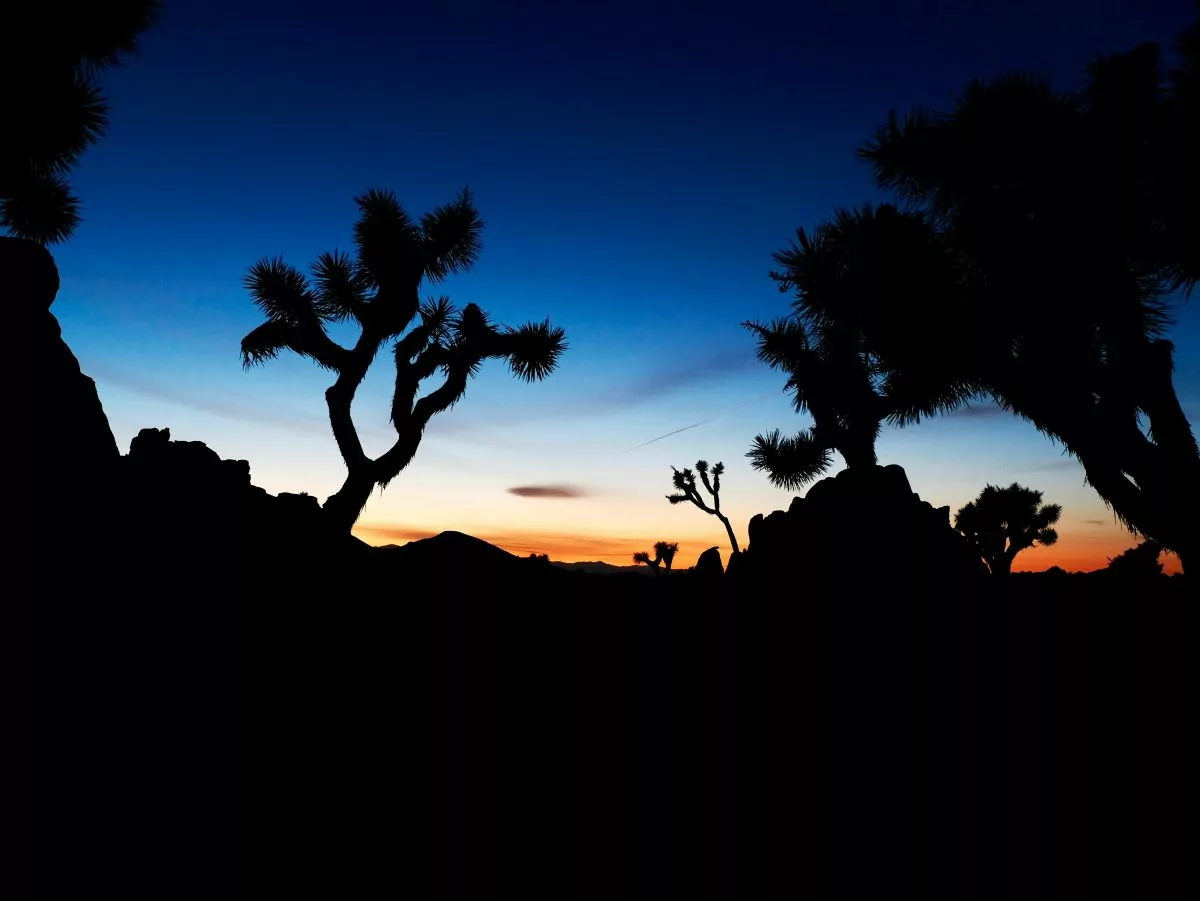
Despite the calming twilight breeze, the general exhaustion, and the satisfaction of ending a fun day on the trail, it’s common for guests on backpacking trips to have a hard time sleeping that first night or two in the desert. Your environment is different and you haven’t adjusted to your sleeping pad yet. So, you might just notice every little sound outside your tent.
Although subtle, the chirps, rustling, and sandy footsteps can create a strangely unsettling chorus at night. You may be asking yourself, “what is the sound outside my tent?” The good news is that the sounds you’re hearing are easily explained and in most cases, worth staying awake to experience.
In the desert, life’s hours flip. It’s a nocturnal world to which we nine-to-fivers aren’t accustomed. At night, the desert becomes a flurry of activity as animals venture forth to forage and frolic. So, what exactly might you be hearing outside the nylon barrier of your sleeping quarters? The explanations are many. Here are merely a few:
The Kangaroo Rat
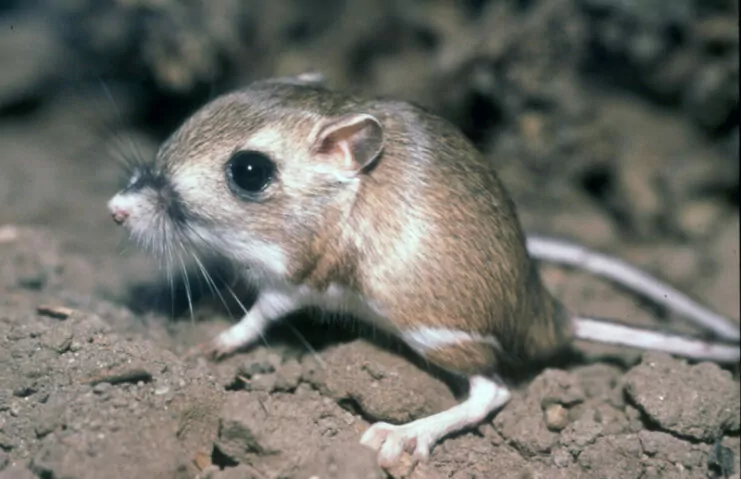
More mouse than rat, this fast and crafty rodent is just one of the many small furry types responsible for the network of thin, sandy highways fanning throughout stands of cacti and Mormon tea. They hustle from one spiny enclave to the next to avoid predators like snakes and owls.
It’s not uncommon for shifty rodents to rerun their itinerary many times a night, and we often end up camping right in the middle of their intersections. As a result, kangaroo rats and their many relatives often dart along the edges of our tents, rustling fabric and climbing over backpacks.
Mule Deer
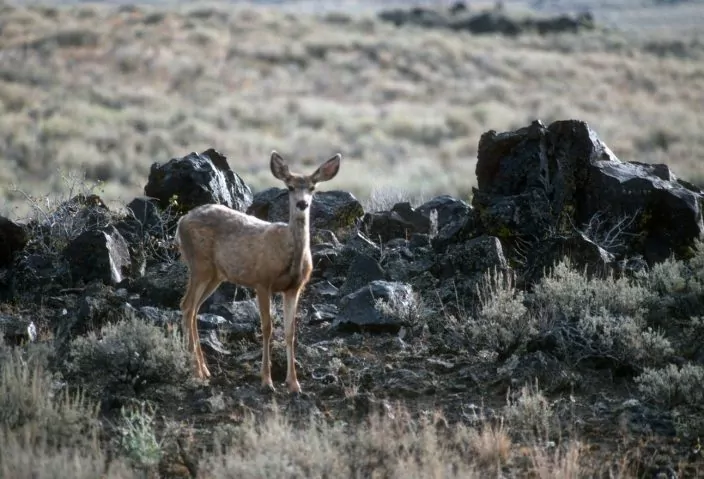
In most of the locations our hiking vacations traverse, deer are quite comfortable with our presence. The desert’s most common hoofed mammal is not shy about munching plants merely feet from our tent stakes.
You’ll know the sound of deer from the sporadic way they move about, nibbling branches or shrubs in one place for several minutes, then moving on by only a step or two.
You can also recognize them by their stoic eyes reflecting in your headlamp beam as you scurry for the midnight privy.
Owls
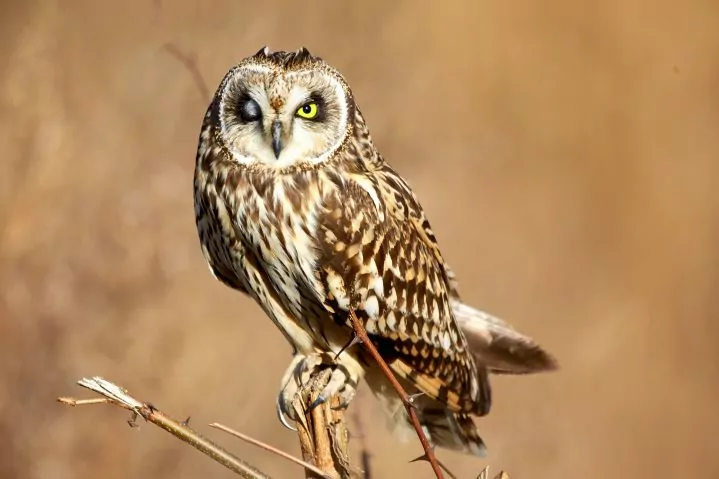
Even when you know full well the source, some desert calls are just too hard to ignore. The owl is one of them and with any luck, one will perch near camp.
Note that in the desert, owls often sit on low branches or in rocky alcoves, so their hoots may sound startlingly close.
Lizards
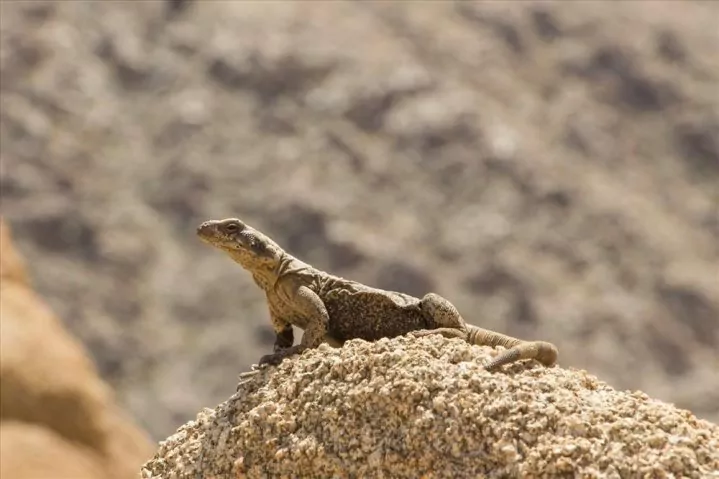
You’ll be surprised at just how much ruckus these small desert reptiles can make.
Everything from tree lizards to side-blotches stomp through loose cottonwood leaves, dart after prey, and sprint under our tents.
Keep in mind: the general silence of the desert tends to accentuate any form of audible activity, the movement of lizards especially.
Coyote
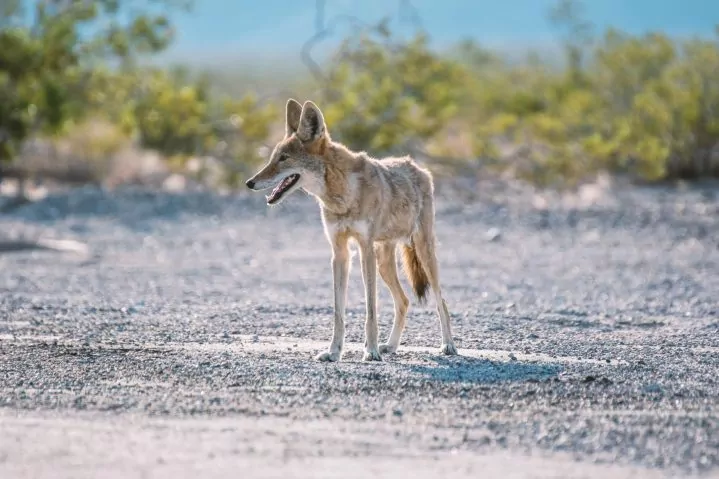
If you’re lucky, you’ll get to experience the American west’s most iconic voice.
While the “song dog” lives just about everywhere today, there’s something truly unforgettable about hearing their yips, barks, and wild ditties when deep in the canyons and shrubby hillsides of the southwest.
Hearing this nighttime howl is tantamount to hearing Willie Nelson at the Ryman, or Bob Marley around a Caribbean beach campfire. It’s all about the environment.
Rest assured, there’s little to worry about on a Wildland Trekking trip into the desert.
Except trying to find a time to come back on a hiking vacation and do it all again.




